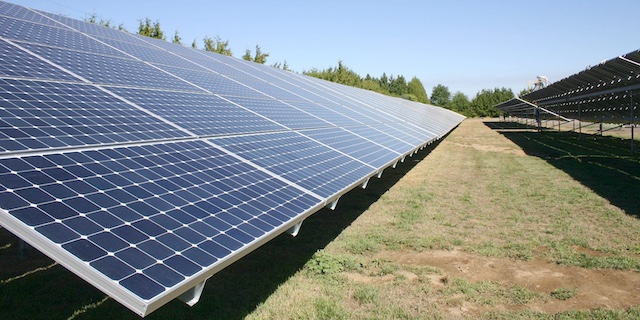COVID-19 crinkled NW potato industry
Published 2:00 pm Monday, December 21, 2020

- French fries are produced at the McCain Foods plant in Burley, Idaho, where the company is planning an expansion. The Idaho Potato Commission sees more potential for expansion among frozen processors and is funding an economics study to show that Idaho would likely be the best place for the next fry plant.
Last year at this time, potato supplies were tight, demand was solid and prices were expected to be strong in 2020, but COVID-19 scrambled that outlook.
“It’s been a very big challenge for the industry and for people in general,” said Bruce Huffaker, president of North American Potato Market News.
But there are some promising things for 2021, including vaccines and recovery from the depths of the downturn in the early months of the pandemic, he said during the University of Idaho Ag Outlook Seminar.
Looking at the global french fry trade, which is a microcosm of the potato industry, it was running about 11% above a year earlier from October 2019 through February 2020. From April to June it declined 30% below year-earlier levels, he said.
It’s been recovering since then and was only down 2.8% in September, although North American french fry exports are still running about 15% behind last year’s pace, he said.
Since 2003, global french fry trade has never declined from the previous year except for 2020. It won’t be back on trend in 2021, but it might be able to get back there in 2022, he said.
Looking back on 2020, U.S. potato production fell 2.8%. Last spring, processors in the U.S. reduced their contract volumes by 15% to 20%, he said.
“With frozen processing making up about a third of the crop, you would have thought that would result in about a 15% production decline,” he said.
Production was down 8.3% in Washington and up 10.2% in Oregon, a fairly minimal combined decline. French fry processors in the region cut contract acreage close to 20%, but yields came out much stronger than expected, he said.
Idaho also saw yield increases, resulting in a 4.3% increase in production, although acreage was down. Some people don’t believe the crop is as big as reported, but it’s at least as big as last year, he said.
Year-over-year shipments of fresh potatoes in the U.S. were up 6.8% in 2020 to Dec. 1, he said.
“That increase in demand is a result of COVID-19, but it’s a mixed bag,” he said.
Retail sales of 5- and 10-pound consumer bags are way up, and the government food box program also boosted demand for those potatoes.
On the other hand, shutdowns and slowdowns in foodservice have put a drag on business, he said.
That’s created a problem for major shippers in Idaho who are heavily reliant on foodservice, he said.
New-crop potato demand for processed product was down 5.7% to December. One factor is the slowdown backed up potatoes from the 2019 crop. The other is while domestic demand has recovered, export demand is not as good as a year ago, he said.
Processing of both old and new crop was down 11.8% June through November, and that big drop is a concern, he said.
“Although the evidence now is that the biggest part of the decline, at least in the Pacific Northwest, is behind us,” he said.
Demand in the region is strong and plants are running near capacity, he said.
“Overall, there is no big change in usage patterns now from what it was a year ago in the Pacific Northwest,” he said.






